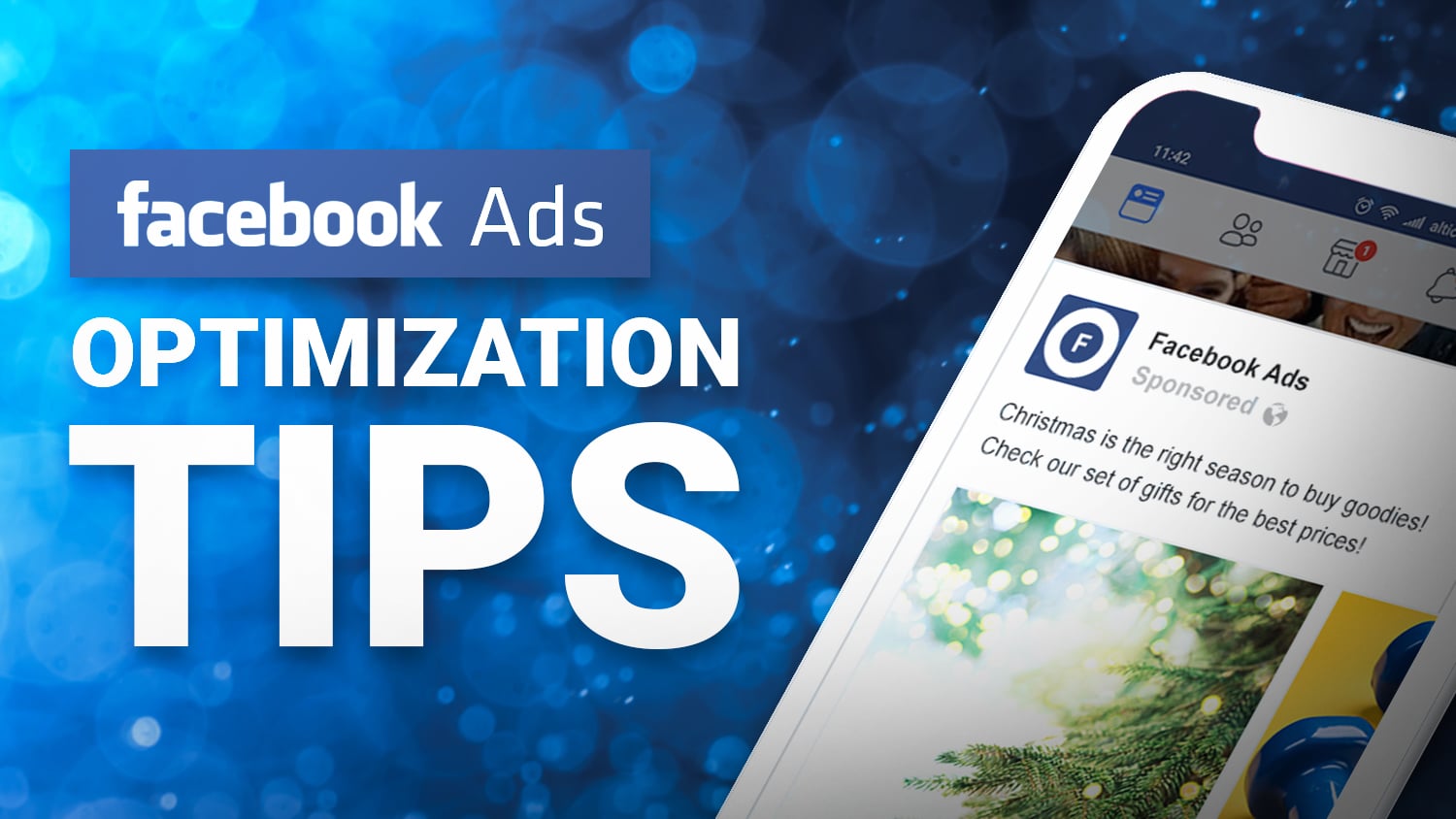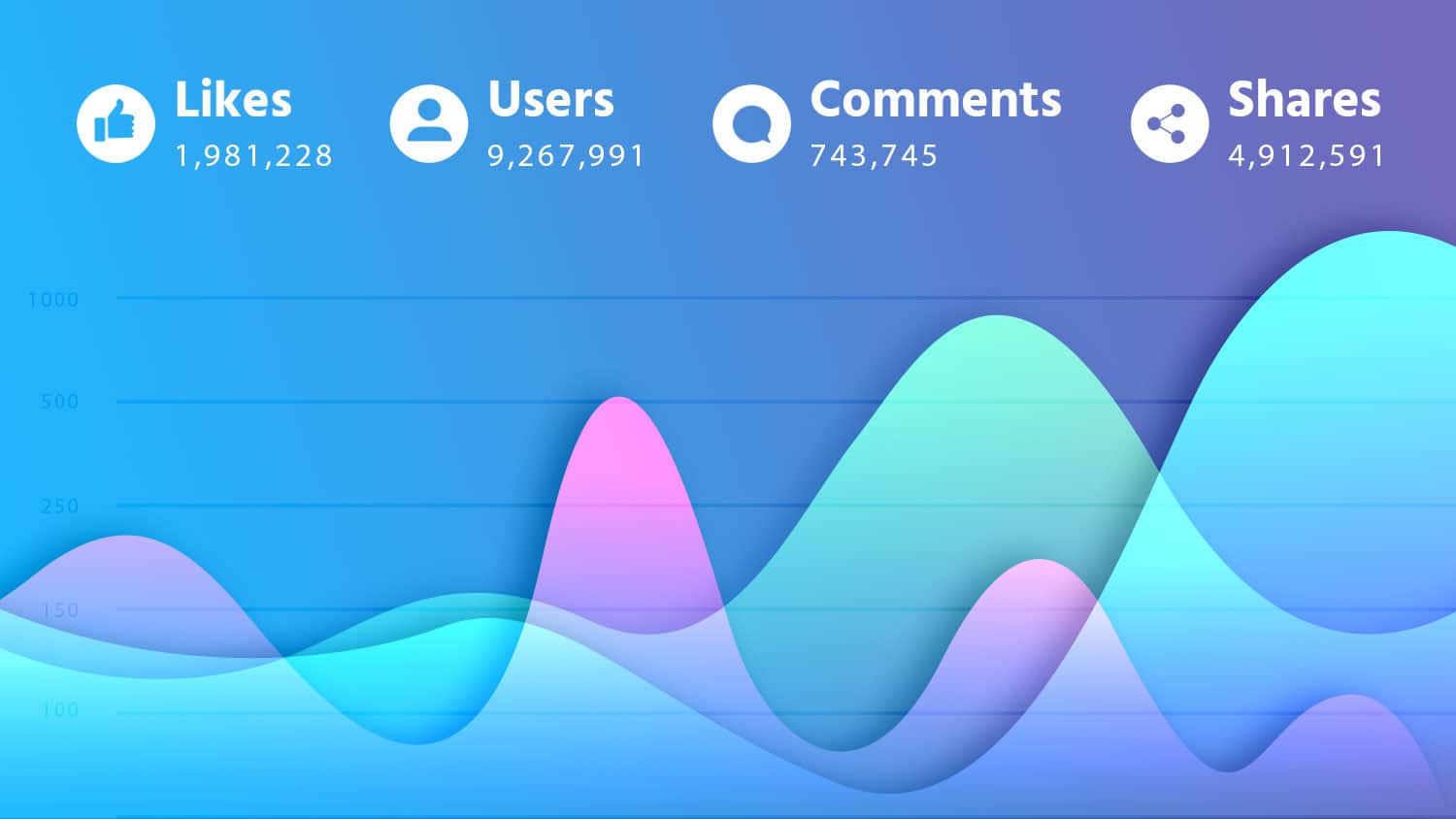SEO
SEO Case Study: How an Affiliate Page Is Dominating Google
Last updated on March 12, 2021 5 min readYou are currently in the "Super Pro" - Learning paths
1


How to Grow Your Affiliate Income Using SEO
5 min read
2


4 Ways to Increase Profits with Affiliate Niche Sites
5 min read
3


AdPlexity Review: Guide + Lifetime Discount
8 min read
4


SEO Case Study: How an Affiliate Page Is Dominating Google
5 min read
5


7 Reasons Why Visitors are Leaving Your Website
8 min read
6


The Ultimate Guide to Optimize Facebook Ads
12 min read
7


How to Measure Social Media ROI in Affiliate Marketing
9 min read
8


The 5 Best Alternatives to Facebook Ads Right Now
13 min read
9


Best Affiliate Marketing Forums on the Internet
16 min read


